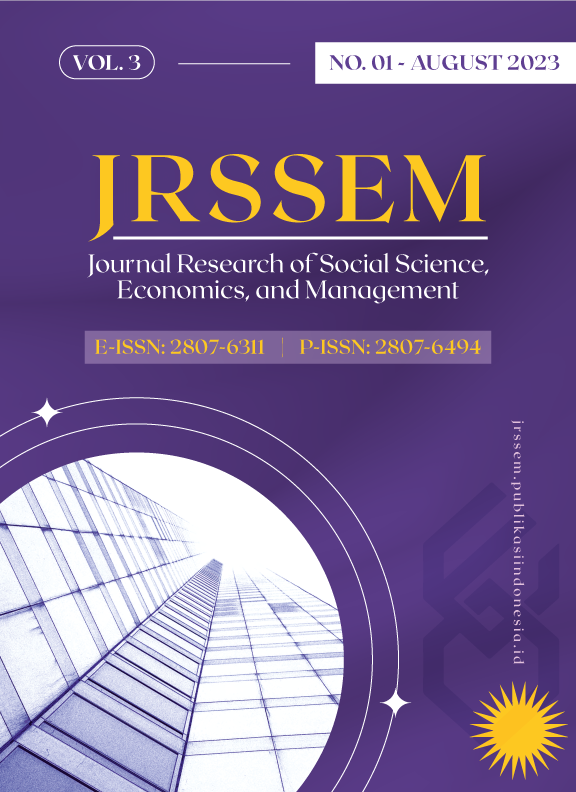Dr Correlation Between Employee Commitment and Organizational Capabilities of Nigerian Bottling Company
Employee Commitment and Organizational Capabilities
DOI:
https://doi.org/10.59141/jrssem.v3i1.509Keywords:
Employee Commitment, Motivation, Organizational Capabilities, Nigerian Bottling Companies, Organizational CompetitivenessAbstract
Purpose: This study focused on employee commitment and organizational capabilities of Nigerian Bottling Firms, South-East.
Research Methodology: The study adopted correlational survey design and questionnaire as instrument for data collection. The total population of the study comprised of 610 participants from the cadre of senior level managers, middle level managers, and lower-level staff/subordinates of the firm. The sample size was determined using Taro Yamane formula and calculated as 242. Simple random sampling technique was adopted in the distribution of the survey. Out of 242 questionnaires administered only 226 were filled and returned while the remaining 16 were not utilized for the study.
Result: The results of hypothesis confirmed a strong correlation between employee motivation and organizational competitiveness.
Limitations: The data collected from the field survey are limited to Owerri and Enugu production plant.
Contributions: The researchers contribute to knowledge in the literature through the use of new concepts in the research objective, use analytical tool, industry of study and geographic coverage.
Practical Implications: The researchers recommend managers to routinely re-evaluate their organizational strengths and weaknesses and work with the human resources department to fill competency shortages.
Novelty: The researchers developed a mathematical model representing employee commitment and organizational capabilities in the methodology.
Downloads
Published
How to Cite
Issue
Section
License
Copyright (c) 2023 Kelechi Ugwu

This work is licensed under a Creative Commons Attribution-ShareAlike 4.0 International License.
Authors who publish with this journal agree to the following terms:
- Authors retain copyright and grant the journal right of first publication with the work simultaneously licensed under a Creative Commons Attribution-ShareAlike 4.0 International. that allows others to share the work with an acknowledgement of the work's authorship and initial publication in this journal.
- Authors are able to enter into separate, additional contractual arrangements for the non-exclusive distribution of the journal's published version of the work (e.g., post it to an institutional repository or publish it in a book), with an acknowledgement of its initial publication in this journal.
- Authors are permitted and encouraged to post their work online (e.g., in institutional repositories or on their website) prior to and during the submission process, as it can lead to productive exchanges, as well as earlier and greater citation of published work.













